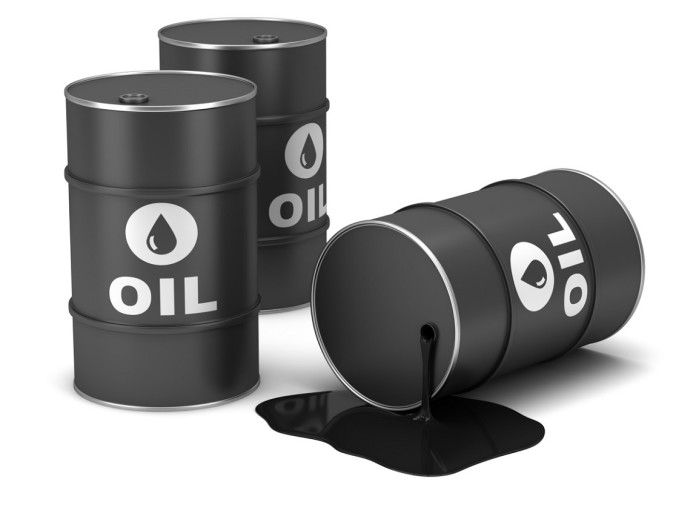 24 September 2013, News Wires – US authorities have ramped up expansions of onshore wells on federal lands, but are missing tens of thousands due to haphazard data and doing a poor job of identifying the riskiest sites, an investigation by a US government watchdog has found.
24 September 2013, News Wires – US authorities have ramped up expansions of onshore wells on federal lands, but are missing tens of thousands due to haphazard data and doing a poor job of identifying the riskiest sites, an investigation by a US government watchdog has found.
Moreover data collection on the processing of federal permits is in such disarray that the US Bureau of Land Management (BLM) cannot identify the time required for processing as required by law, according to the US Government Accountability Office (GAO).
“BLM’s environmental inspection prioritization process may not identify oil and gas wells that pose the greatest environmental risk because the agency’s central oil and gas database does not include data on the environmental inspection history of many wells,” the GAO concluded in the study.
“Environmental inspection history is not one of the criteria that BLM staff use in prioritizing inspections.”
That came after the BLM increased its inspections to 17,866 in fiscal year 2012 up from 10,941 in 2007.
The results come as industry and regulators are at loggerheads over how best to regulate hydraulic fracturing for shale drilling on Native American and federal lands, with proposals drawing tens of thousands of public comments.
Newly appointed Interior Secretary Sally Jewell has promised to provide consistency for the industry on the matter.
Much of the process is regulated by state rules on privately held lands leased by their owners for oil and gas development.
BLM said it recorded a perception within industry that federal land permitting is more complicated and time-consuming, a deterrent for oil and gas development, while BLM contends it is obligated to manage land for multiple uses and therefore more involved regulation is warranted.
Despite the widespread ramp up in shale development nationwide however total permit applications are about half what they were in 2007, with the total count falling to 4303 from 8573.
That came as coalbed methane and gas permits have been on the decline since a drop in US gas prices.
– Upstream



